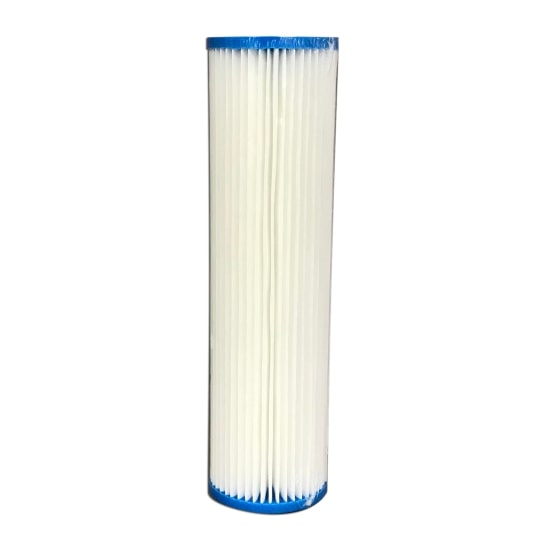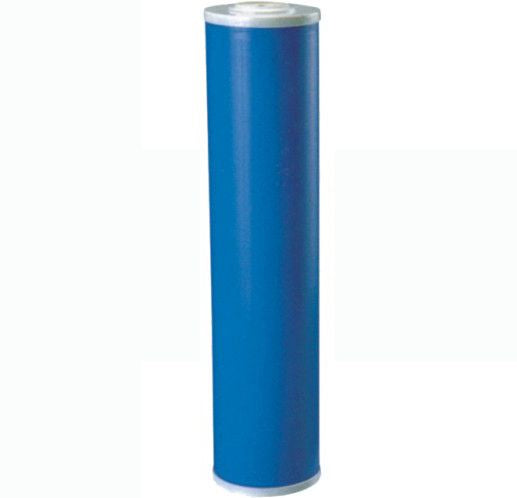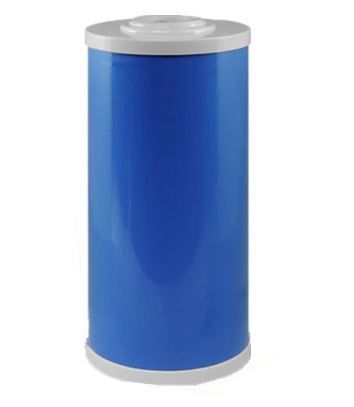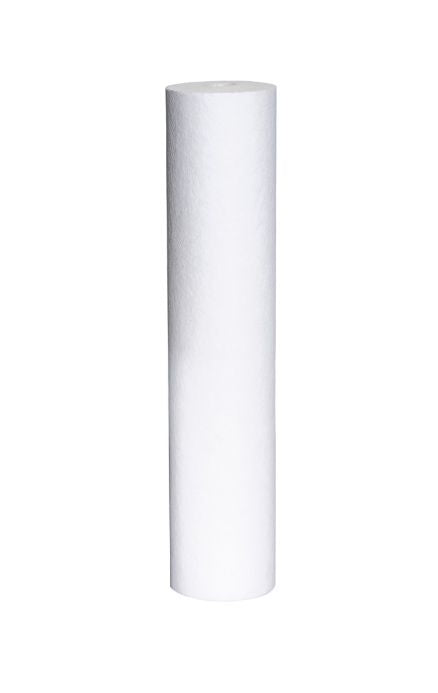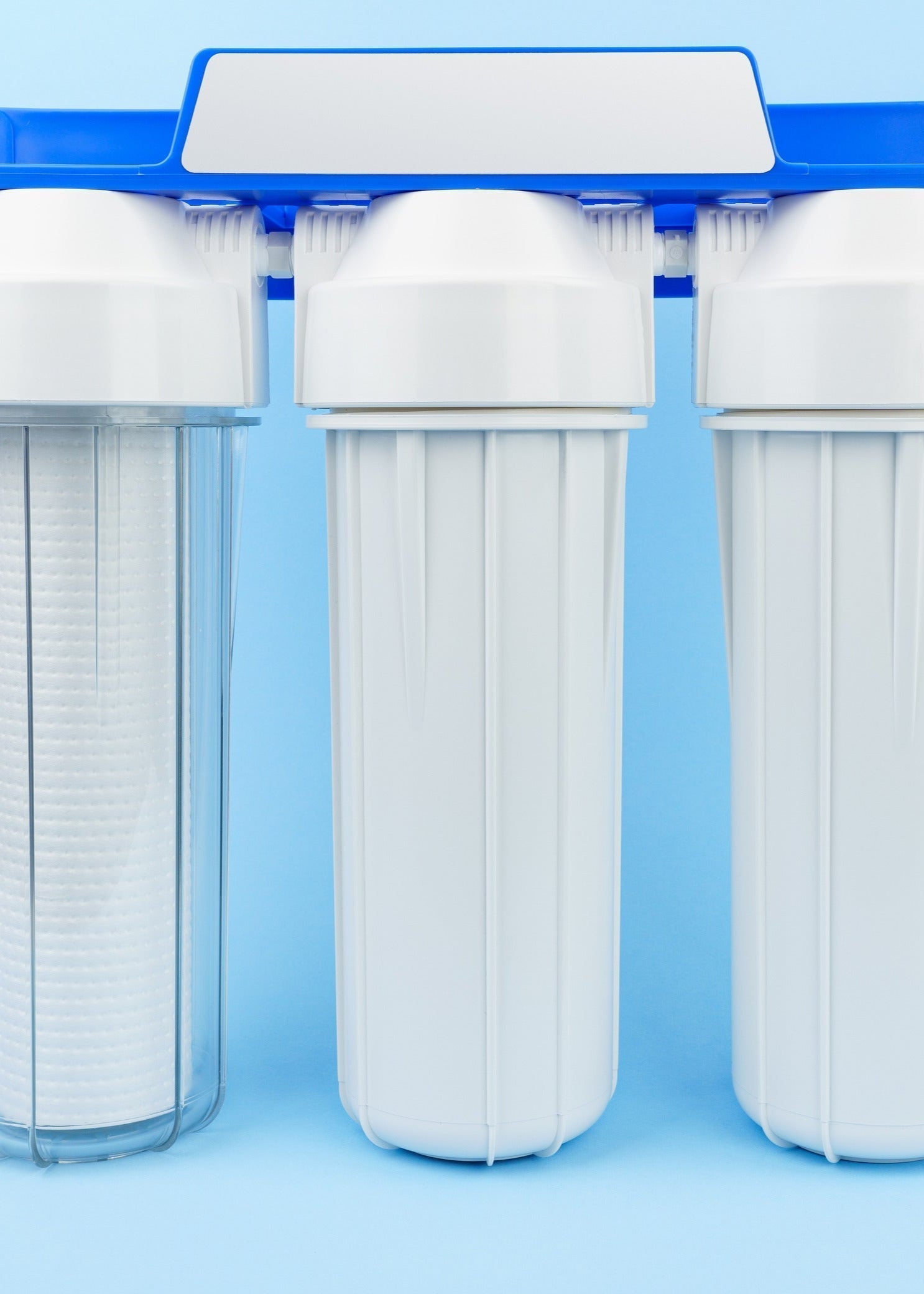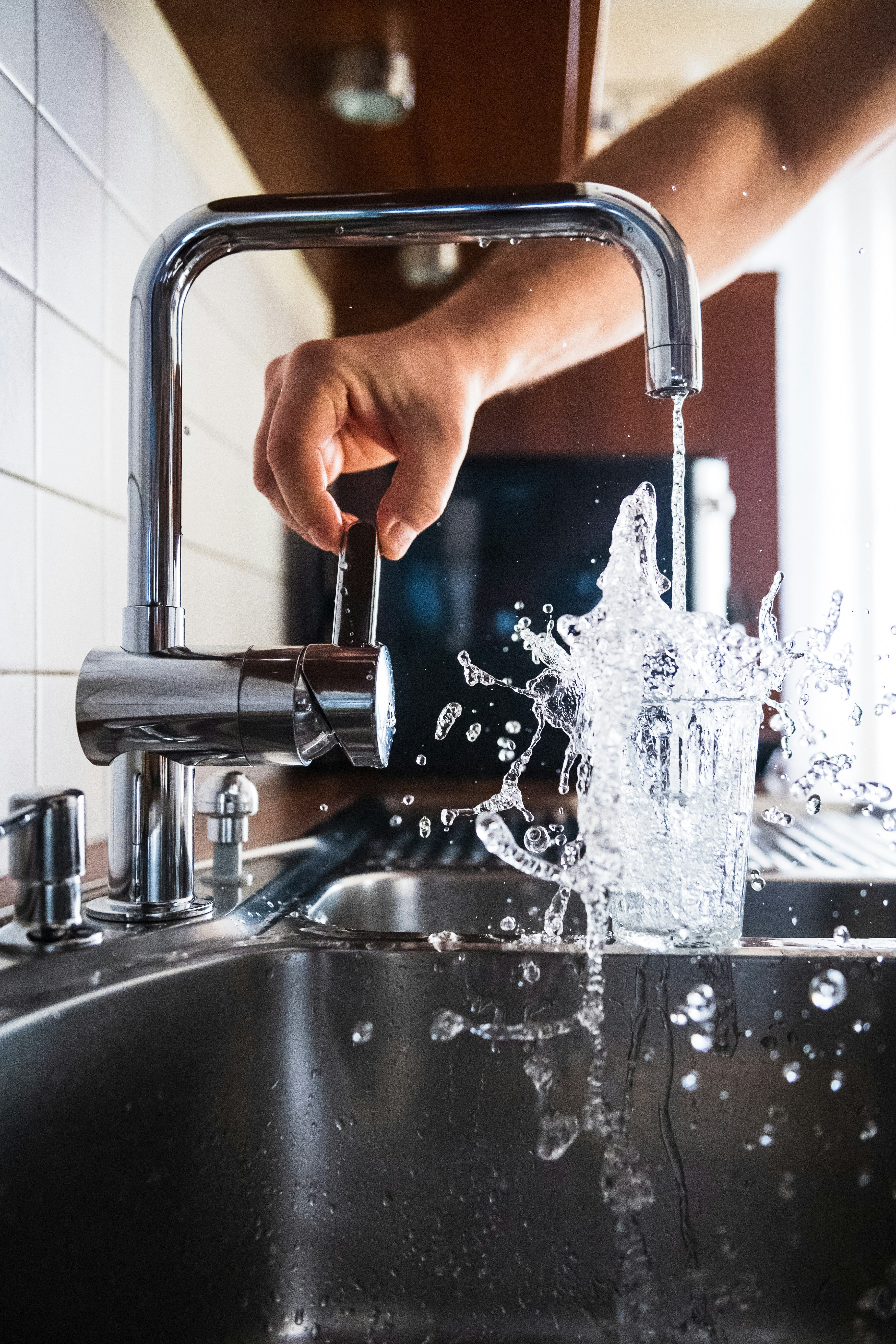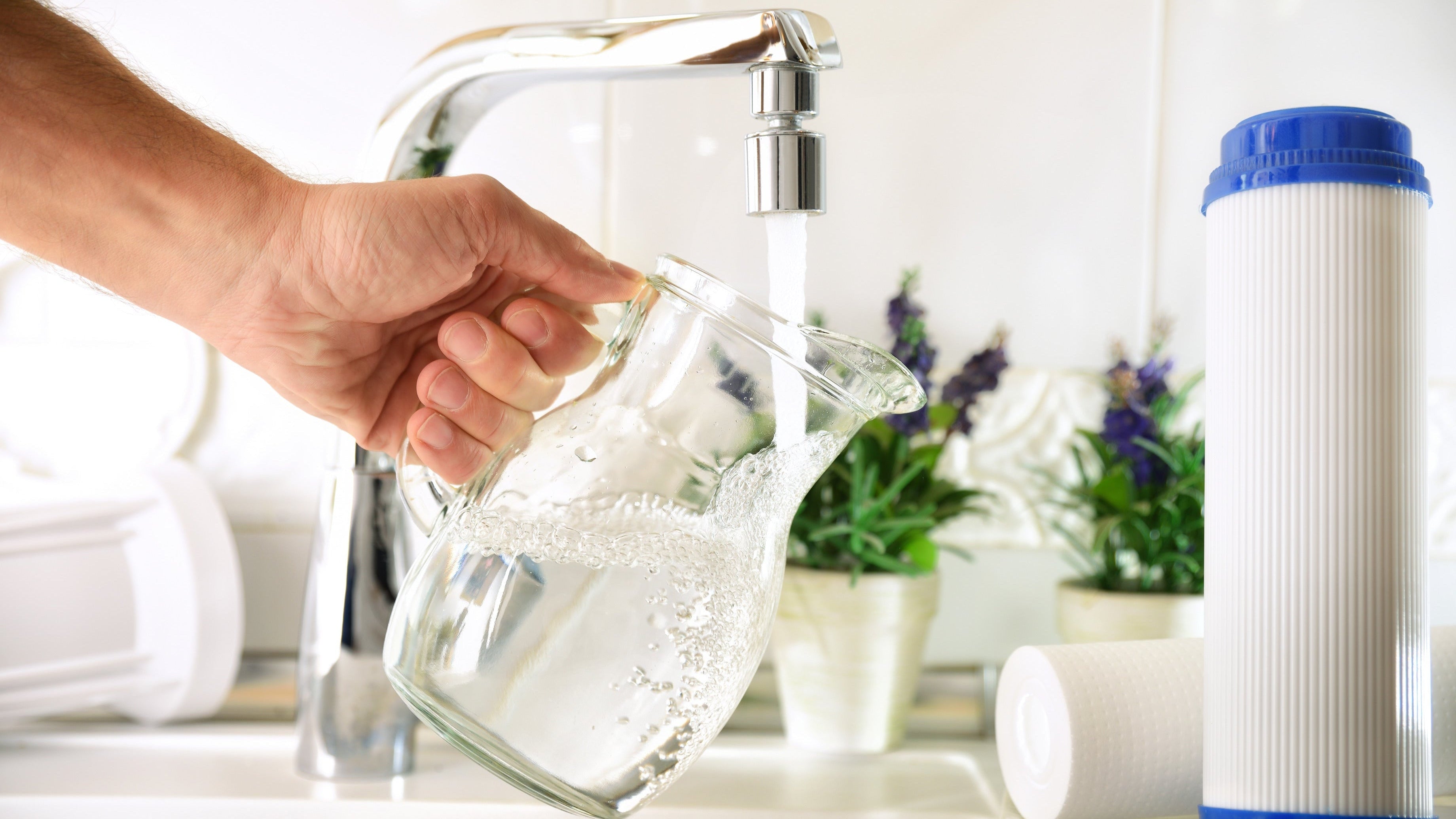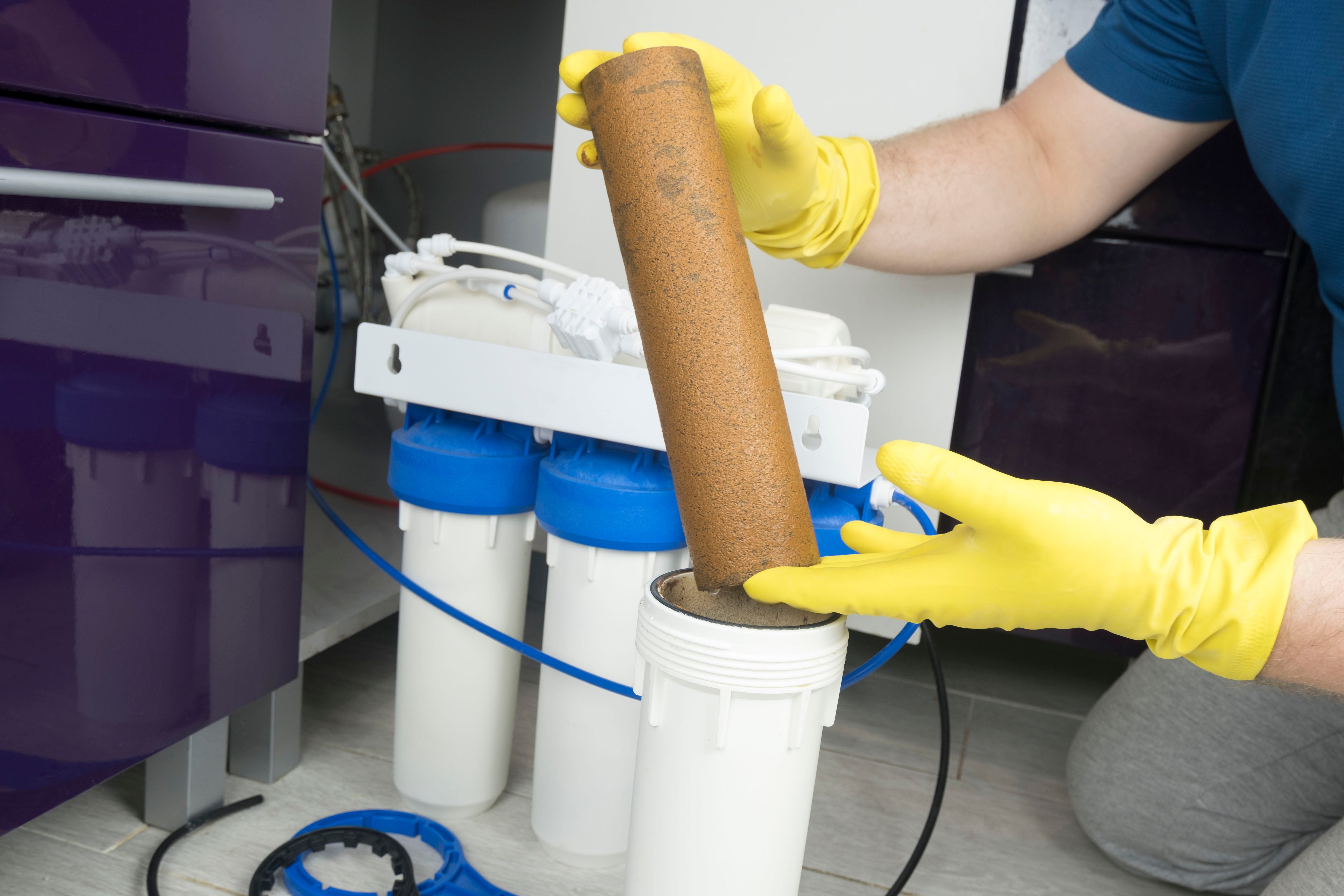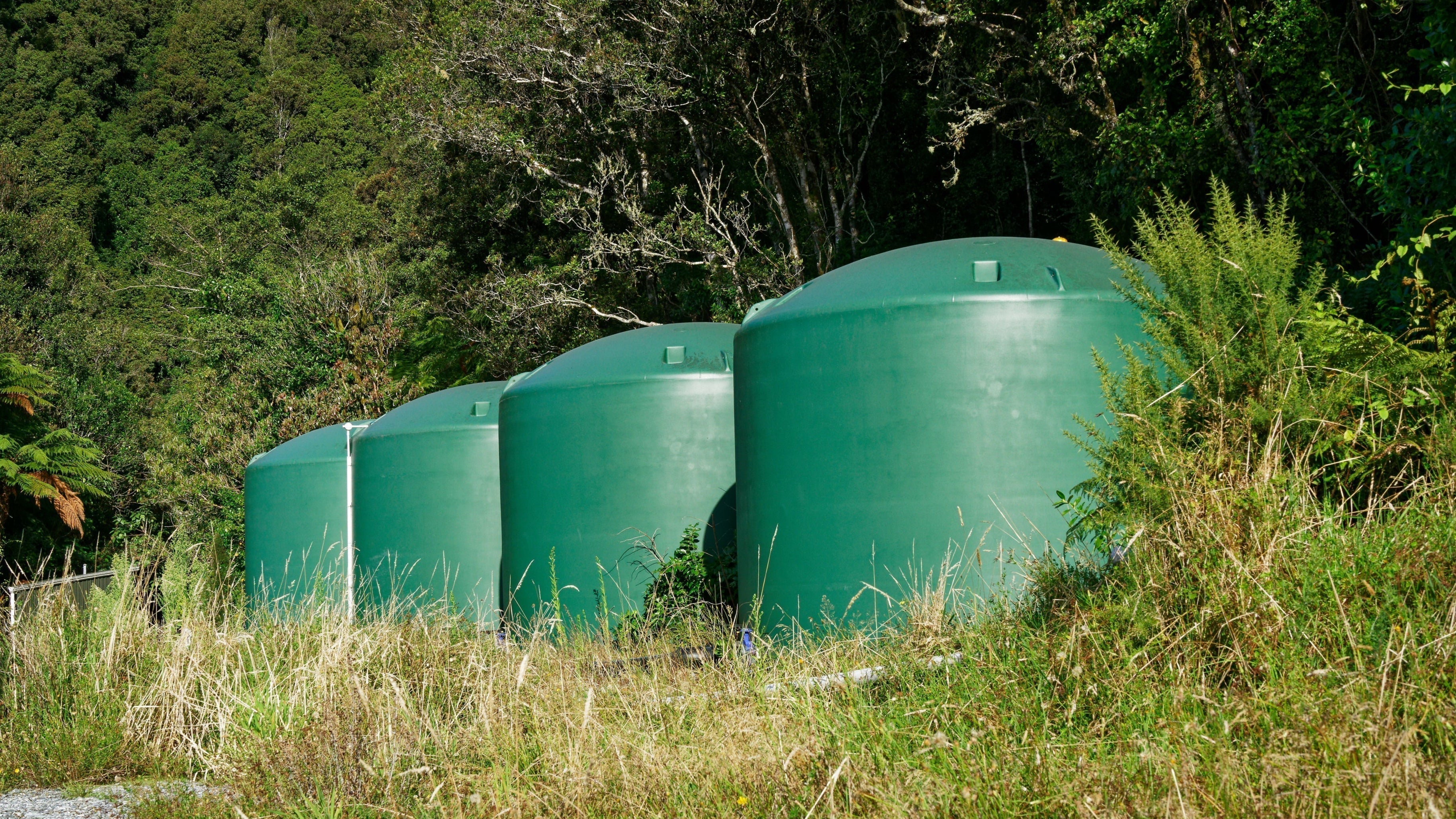
Common questions about water filtration
Can I remove fluoride from town supply water?
Yes, it is possible to remove fluoride from town supply water, but it requires a specific type of water filter designed for this purpose. While most standard water filters, like activated carbon filters, are effective at removing chlorine, sediment, and other contaminants, they don't typically remove fluoride. Here is an option if you're looking to filter out fluoride:
1. Carbon Block Filter
Activated carbon is a highly porous form of carbon primarily derived from coal, wood and coconut shells for water treatment. These carbon block filters consist of activated carbon particles fused into a uniform block with enhanced absorptive capacity and efficiency. Carbon filters are ideal for removing taste, chlorine, pesticides and odours.
2. Activated Alumina Filters
Activated alumina is a specialized filter media that can effectively remove fluoride from water. These filters are specifically designed to target and reduce fluoride levels, and they work through adsorption (where fluoride molecules attach to the surface of the material). If you’re looking for a more affordable option than an RO system, activated alumina filters are a good choice. You can find these as standalone filters or as a cartridge that can be added to existing filtration systems.
Do I need a UV lamp on my water system?
Whether or not you need a UV (ultraviolet) lamp on your water system depends on a few factors, such as the quality of your water supply and your specific filtration needs. UV lamps are used to disinfect water by killing or inactivating harmful microorganisms, such as bacteria, viruses, and protozoa, without using chemicals. UV lamps kill 99.9% of harmful bacteria. Here’s a breakdown of when you might need a UV lamp:
When You Do Need a UV Lamp
1. Contaminated Well Water or Untreated Source Water
If you rely on bore water, spring water, tank water, or any untreated source of water, a UV lamp is a great choice for ensuring the water is free of harmful microorganisms. Bore water is more likely to be contaminated with bacteria, viruses, and parasites. A UV lamp provides an added layer of protection to make sure your water is microbiologically safe.
2. When You Want to Avoid Chemicals
UV disinfection is a chemical-free process. If you prefer to avoid chlorine or other chemical disinfectants, a UV lamp can be a natural alternative to keep your water clean and safe without altering the taste or adding potentially harmful chemicals.
3. In Areas with Waterborne Disease Risks
If you're in an area where waterborne diseases like E. coli, giardia, or cryptosporidium are a concern, a UV lamp can be very effective at eliminating these pathogens. UV light inactivates the DNA of harmful microorganisms, rendering them unable to reproduce and cause illness.
4. To Supplement Your Filtration System
UV lamps are often used in combination with other filtration methods, such as sediment filter cartridges or activated carbon filters. While those systems can remove sediment, chemicals, and other contaminants, they might not kill viruses or bacteria. Adding a UV lamp to your setup ensures that you have full-spectrum protection for both chemical and microbiological contaminants.
5. When You Have Poor or Inconsistent Water Quality
If you have concerns about the microbiological safety of your Town Water Supply, a UV lamp can provide peace of mind.
How often should I clean my water tank?
Cleaning your water tank is an essential part of maintaining the quality of your water. Cleaning the tank depends on a few things such as tank type and condition of water.
1. Every 6-12 Months
We recommend cleaning most water tanks at least once or twice a year. If you’re using a rainwater tank or a tank that collects water from an untreated source, cleaning it more frequently (around every 6 months) is a good idea. Over time, sediment, debris, and organic matter can accumulate in the tank, leading to water contamination or poor water quality.
2. When You Notice Water Quality Issues
If you notice that your water is starting to look cloudy, has an unusual smell, or tastes off, it might be time to clean your tank. Sediment buildup or biological growth (like algae) can degrade the quality of your water, so addressing this promptly is important.
3. After Severe Weather Events
Heavy rains, storms, or flooding can introduce debris, dirt, and contaminants into your tank. If you've had a major weather event, it’s a good idea to clean the tank afterwards to remove any potential pollutants or buildup that could affect your water quality.
4. If You Have a Well-Used Tank (High Water Consumption)
If your tank is frequently used or holds water for a large household, it may need to be cleaned more often. In these cases, checking and cleaning your tank every 6 months or so ensures there’s no build-up of sediment or contaminants from frequent use.
5. Type of Tank
The type of tank also affects how often you need to clean it. For example:
- Plastic tanks generally need cleaning every 6-12 months. They're prone to algae growth, especially if exposed to sunlight.
- Concrete or fiberglass tanks might need cleaning less frequently (every 12-18 months), but they can still collect sediment and other debris that require attention.
6. Keep an Eye on the Inlet/Outlet
Even if you're not cleaning your tank fully every 6 months, it’s a good idea to inspect and clean the inlet and outlet screens regularly. These areas can get clogged with debris and affect the flow and quality of your water. Ensure that the inlet and outlet are clear to prevent contamination.
7. First Flush System
A first Flush system for water tanks is beneficial and in many cases necessary if your tank collects rainwater. A first flush system works by diverting the first few litres of rainwater away from the water tank. The first flush of rainwater is typically the dirtiest because it carries debris, dust, pollen, bird droppings, and other contaminants that accumulate on your roof and gutters. This water is directed into a separate container or drainage system, while the cleaner water that follows is directed into the tank.
Have more questions? Get in touch with our experts.
Rodney Water Filters ships water filtration products all around New Zealand. We also offer water filter replacement services in Albany, Whangaparāoa, Orewa, Red Beach, Dairy Flat, Waitoki, Helensville, Wainui, and Kaukapakapa (around the Rodney region of Auckland).


